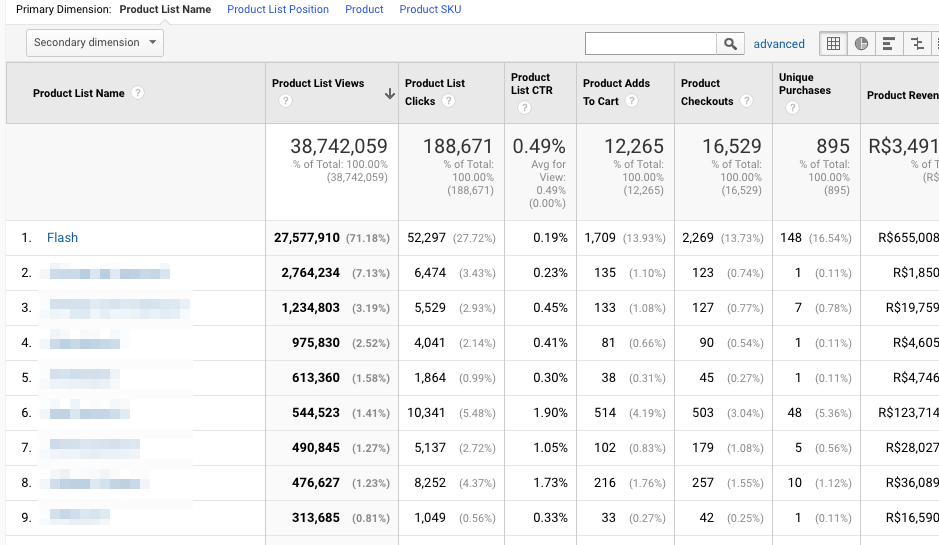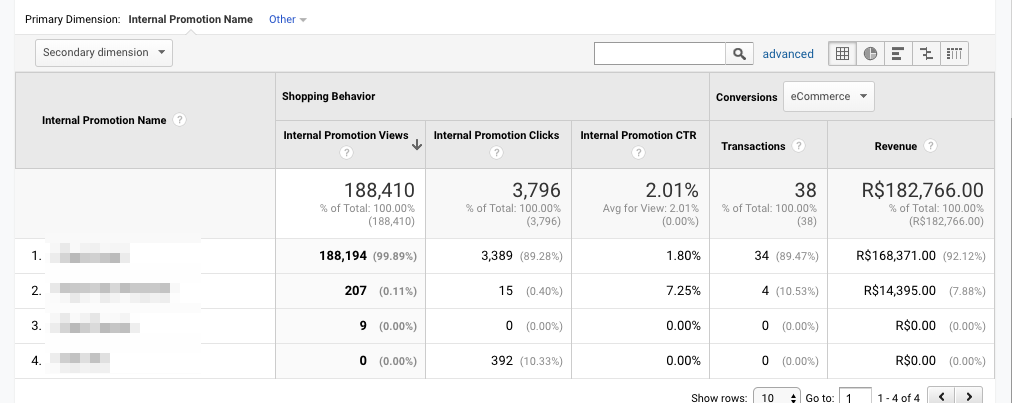
So, you probably know this, but, Google Analytics E-Commerce tracking has been around for nearly a decade, and it does a great job at tracking transactions and product data.
There are two types of E-commerce tracking available in Google Analytics:
- Standard e-commerce.
- Enhanced e-commerce
This post is going to be about the “What E-commerce Tracking type would most benefit me” situation that all of us are familiar with.
Now, let’s get into the details, shall we?
For E-commerce tracking, certain snippets of code need to be placed on the website for the tracking procedure to start.
Normally website owners tend to only use Standard E-commerce, because they are just starting out with the analytics tool and don’t want to spend a whole lot of time on it. And that’s perfectly fine since it does provide loads of useful and actionable insight.
But as a business with a wide range of products, or as a retail store, using Enhanced E-commerce gives you a detailed look into the product’s performance. (From Listing to Purchase, [Discussed in detail ahead]).
For smaller businesses, however, Standard E-commerce will work just fine, you’ll get a good way to measure site conversion rate for sources of traffic and see what is sold, keeping in mind the benefit to setup cost ratio.
The essence here, is what you are tracking with Standard e-commerce, and how you can use that data to improve your business.
Some examples of what you can track with it are mentioned in the following:
- Total Orders.
- Total Tax Cost.
- Total Shipping Cost.
- Total Revenue.
- Total Quantity Purchased.
- Products Purchased.
- The number of Products Purchased.
- Category of Products Purchased.
- E-Commerce Conversion Rate.
With the above-mentioned items, you can tie the marketing data being tracked to see if a certain offer or sale ended up in more purchases. You can even measure things like the ROI, i.e whether the Cost of the Campaign was more or the Revenue Generated from the Campaign was higher.
In contrast, here is what you can track using Enhanced e-commerce tracking.
Purchases
- Total Orders.
- Total Refunds.
- Total Tax Cost.
- Total Shipping Cost.
- Total Revenue.
- Total Refund Amount.
- Total Quantity Purchased.
- Order Coupons.
- Products Purchased.
- The number of Products Purchased.
- Category of Products Purchased.
- Buy to Detail Conversion Rate.
- Cart to Detail Conversion Rate.
- e-commerce Conversion Rate.
Cart
- Products Added to Cart.
- The number of Products Added to Cart.
- Products Removed from Cart.
- The number of Products Removed from Cart.
- Product Checkouts.
Products
- Product Detail Views.
- Product List Clicks.
- Product List Views.
- Product Coupons.
Internal Promotions.
Another advantage with Enhanced E-commerce is that it provides a number of helpful reports, that can be used to improve the product listings. I’ve described the most important ones below.
Product List Performance report:
This report lets you get a quick overview of the type of listings generating the most clicks and purchases. You can then use this data to adjust the placements to achieve optimal results.

Checkout Behavior Report: This report shows you the number of users that went through the checkout process and the point they left the funnel, along with the abandonment rate .

Shopping Behavior Report: This is somewhat similar to the Checkout Behavior Report but instead of focusing on the Checkout, this report targets the entire user funnel.

The Internal Promotions Report: This one lets you get a swift glance at the number of impressions and clicks on the banners or promos placed on the site. In other words, you get the gist of how successful the banners have been.

Agreeably, Standard e-commerce is more on the easier side when compared to it’s more complex kin, leading to needing considerably lesser time, effort and money to set it up, however, it fails to live up to the benefits and performance Enhanced E-commerce offers.
Conclusion
The core difference between Enhanced e-commerce and Standard e-commerce is that the latter primarily tracks transactions on the Order confirmation/Thank-You page only, whereas the former allows you to track transaction processes from adding to the cart to payment method to shipment, to review, and finally to check-out (give or take a couple additional steps in between ). EE allows you to also track additional things like impressions and promotions and allows you to build funnels through the checkout process. Through the various funnel reports (Goal Flows, Funnel visualization), you can also determine abandonment rates. There is also a greater diversity of reports available through an EE implementation, including Product Performance, Sale Performance, and Product Lists Performance that provides further insight into the experience.
That being said, we agree wholeheartedly that you know your business best, and the decision to go with either one is ultimately your own, keeping in mind the requirements, budget, and timeline.












